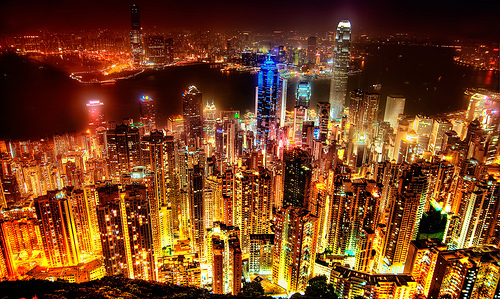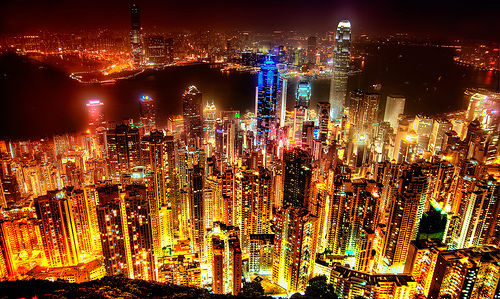If you’ve got an acre of land, and a magical get-out-of-jail-free card, which cash crop do you grow — wheat, soybeans, or marijuana?
That’s a good metaphor for a city’s decision to invest in its downtown versus sprawl, says Joe Minicozzi, the new projects director at Public Interest Projects. Minicozzi uses the pot-vs.-soybeans hypothetical because people intuitively grasp the value of cash crops — that an acre of high-grade weed throws off 10 or 20 times as much income as a food crop.
And so it is with dense urban development, which can help cities balance their budgets by generating many times the per-acre tax revenue of sprawling developments. Emily Badger outlines the logic in a fantastic piece for the Atlantic Cities, worth reading in full if you want to understand how cities can conquer their budget crises by reinvesting in their existing downtowns.
Asheville has a Super Walmart about two-and-a-half miles east of downtown. Its tax value is a whopping $20 million. But it sits on 34 acres of land. This means that the Super Walmart yields about $6,500 an acre in property taxes, while that remodeled JCPenney downtown [completed by Public Interest Projects] is worth $634,000 in tax revenue per acre. (Add sales tax revenue, and the downtown property is still worth more than six times as much as the Walmart per acre.)
[…]
“As a community, if you have a finite limit of land, would you want $6,500 or $20,000, or $634,000 downtown an acre?” [asks Minicozzi].
Urban development is also much cheaper to maintain than sprawl, because it requires so many fewer miles of roads and utilities, and can thrive hydroponically in your closet with only a grow light.
So if you were in charge of the budget for a city, which would you rather spend money on: Expensive sprawl that can’t even pay for itself, or dense urban development that could bring your town’s budget into the black? In a future of tight budgets, not to mention soaring gas prices, redeveloping the city centers that have served humanity for thousands of years is the only option.




